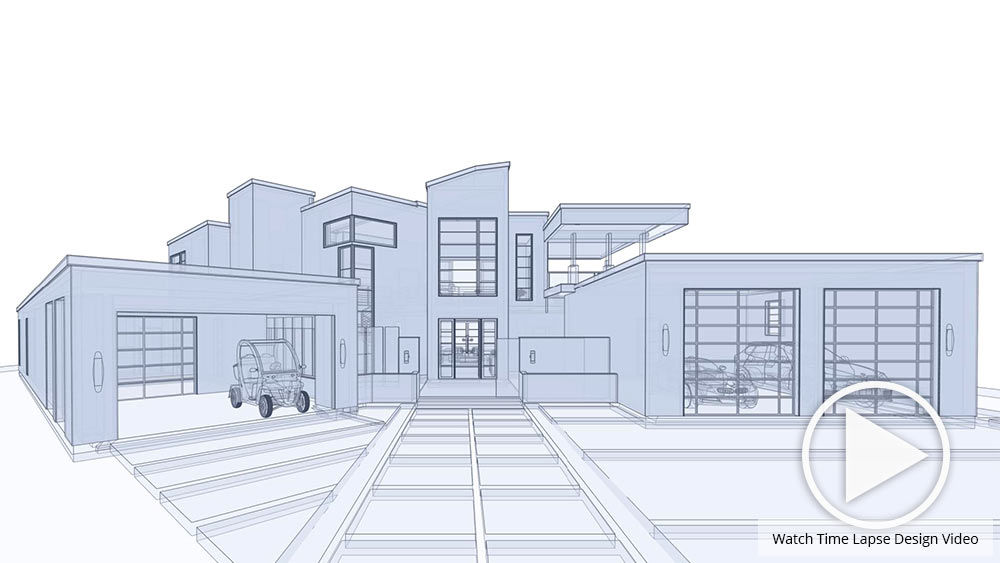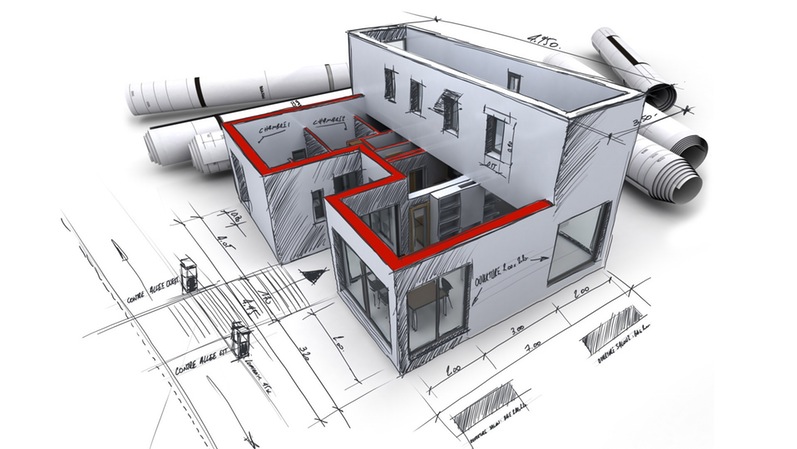Changing Rooms: The Vision of CDA Architects for Modern Living
Changing Rooms: The Vision of CDA Architects for Modern Living
Blog Article
The Influence of Technical Innovations on the Style Practices of Contemporary Architects
The fast evolution of technical devices has significantly improved the style landscape for modern designers, promoting extraordinary levels of technology and sustainability. The combination of Building Details Modeling (BIM), parametric design, and expert system has not only structured partnership among varied teams but likewise redefined project implementation. As engineers accept these advancements, they are challenged with complicated challenges that might influence their creative processes. Discovering these characteristics exposes a nuanced interaction between modern technology and standard design methodologies, motivating a closer exam of what the future holds for architectural methods.
Advancement of Architectural Tools
Exactly how have architectural devices changed the layout and building procedures over the centuries? The evolution of building tools has significantly influenced the effectiveness, precision, and imagination of style and building. In ancient times, designers depend on primary instruments such as plumb bobs, measuring rods, and basic geometry to develop frameworks. These devices laid the structure for early architectural technique, permitting the building of legendary structures, albeit with limitations in precision and intricacy.
With the arrival of the Renaissance, the intro of the compass and the protractor marked a pivotal change. These devices allowed architects to attain better precision in their designs, helping with the emergence of even more intricate and proportional buildings. The Industrial Change even more changed architectural experiment the introduction of mechanical devices and materials, enabling for larger and extra enthusiastic tasks.
In the 20th century, the growth of computer-aided style (CAD) software application transformed the landscape once more, supplying architects with extraordinary capabilities in modeling and visualization. Today, progressed tools such as Structure Info Modeling (BIM) and parametric design software program continue to press the boundaries of building development, enabling a much more integrated strategy to design and building and construction processes.
Enhanced Partnership in Layout
As modern technology remains to develop, improved cooperation in design has actually become a foundation of modern building practice. The combination of digital tools such as Structure Details Modeling (BIM), cloud-based systems, and advanced visualization software has changed the means designers, engineers, and stakeholders communicate throughout the style process. These tools facilitate real-time interaction, allowing teams to share ideas, adjustments, and comments instantly, regardless of geographical location.

Furthermore, interdisciplinary partnership has been streamlined through these technical developments, enabling engineers to function a lot more closely with various other specialists, such as metropolitan coordinators and ecological professionals. The result is a more natural approach to create that takes into consideration numerous viewpoints and knowledge. Ultimately, boosted cooperation in style is not merely a trend; it is necessary for creating cutting-edge, practical, and aesthetically pleasing design in an increasingly complicated world.

Sustainability With Modern Technology
Sustainability in style has actually increasingly come to be intertwined with technical innovation, driving the market towards environmentally liable methods. Contemporary engineers are leveraging advanced modern technologies to reduce ecological impact while improving the performance of buildings. cda architects. One noticeable instance is making use of Building Info Modeling (BIM), which permits for precise planning and resource allowance, lowering waste during building and advertising power effectiveness throughout a building's lifecycle
Additionally, clever products and energy-efficient systems are being incorporated into designs to optimize resource usage. Technologies such as solar cells and environment-friendly roof systems harness sustainable power resources, adding to reduced carbon footprints. Additionally, the application of man-made intelligence in layout procedures allows architects to imitate and examine energy intake, directing choices towards even more lasting end results.
The assimilation of lasting modern technologies not just straightens with worldwide environmental objectives however additionally fulfills an increasing need from customers for environment-friendly options. As designers accept these developments, the emphasis changes in the direction of producing areas that are not only visually pleasing but also functionally sustainable, thereby redefining the standards of modern-day style. By doing this, modern technology acts as a driver for sustainability, allowing designers to design buildings that respect and improve the native environment.
Obstacles in Execution
While technical innovations in style hold excellent promise for improving sustainability, their implementation often runs into substantial difficulties. One primary challenge is the high knowing contour related to new innovations. Engineers and construction experts may require extensive training to effectively utilize innovative software program and devices, which can delay project timelines and increase prices.
In addition, the assimilation of arising technologies, such as Building Info Modeling (BIM) and sustainable materials, frequently necessitates collaboration throughout multidisciplinary teams. This collaboration can be hindered by distinctions in know-how, process, and communication designs, resulting in possible problems and inefficiencies.

Furthermore, regulative structures and structure codes may not keep speed with technological improvements, producing uncertainty and prospective compliance issues. This difficulty can dissuade designers from completely welcoming new modern technologies, as the threat of non-compliance might surpass the benefits. Resolving these application difficulties is critical for the effective assimilation of technological improvements in contemporary architectural techniques.
Future Patterns in Architecture
The challenges linked with the execution of brand-new innovations in architecture have actually motivated a reevaluation of content future patterns within the industry - cda architects. As engineers browse problems such as sustainability, urbanization, and social equity, they are increasingly taking on ingenious innovations to improve design performance and ecological performance
One noticeable pattern is the integration of expert system (AI) in the design procedure. AI tools can assess huge datasets to notify layout choices, enhancing both creative thinking and performance. In A Similar Way, Building Details Modeling (BIM) remains to advance, allowing real-time collaboration amongst stakeholders and facilitating structured project monitoring.
Lasting design methods are read this additionally gaining momentum, with engineers focusing on flexible reuse and regenerative design principles that decrease resource usage and waste. The unification of smart products and eco-friendly power resources will additionally boost the resilience of structures in the face of environment adjustment.
Furthermore, the increase of parametric layout enables even more customized and context-sensitive building remedies (cda architects). By harnessing these developments, designers are positioned to develop built atmospheres that not just resolve the immediate needs of society however additionally prepare for future challenges, thus redefining the function of style in an ever-changing globe
Verdict
Technological improvements have substantially improved building design practices, assisting in enhanced precision, cooperation, and image source sustainability. The combination of devices such as Structure Details Modeling and parametric layout software program, along with expert system and clever materials, encourages engineers to resolve intricate challenges better. While application might present specific barriers, the continued development of these modern technologies promises to drive advancement in style. Future trends will likely additionally stress sustainability and effectiveness, ultimately redefining the constructed atmosphere.
Report this page